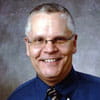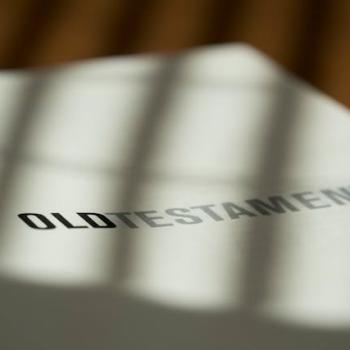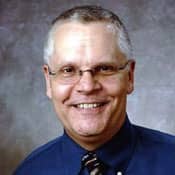 When I think of the future of Catholicism, I think of a question I get asked a lot.
When I think of the future of Catholicism, I think of a question I get asked a lot.
"Don't you want to be a priest?"
I suppose parishioners think it's a real conversation-starter. I hear that after mass, in the church parking lot, at potluck suppers, in the frozen foods section of the supermarket. There seems to be this consensus that my vocation is unfinished -- that, without becoming a priest, I'm somehow incomplete.
To clear things up: I'm happy being a deacon, an ordained member of the Catholic clergy who is, in fact, married. This is what God has called me to do. And it's all I want to do, and all I want to be.
But I know another question is out there -- and yes, people sometimes ask me that one, too, and it also says something about the future of the faith, and the attitude of the faithful:
"When are they going to let priests get married?"
That's more complicated. I could explain that priests in the Eastern Rite are married, or that some clergy converts who are married are given special permission to be ordained priests. I might even try to map out the canonical nuances -- married men can, in some circumstances, become priests, but priests cannot become married men -- but the simplest answer, honestly, is one that every Catholic already knows:
"That's up to God."
God and, of course, the Vatican.
And when it happens, as I think it will, it will undoubtedly be for reasons that are as much pastoral as pragmatic. People will simply demand it. They will need priests. And the Church will not have a good reason to keep saying no. Celibacy is discipline, not dogma -- a very good and valuable discipline, I might add, which across the centuries has produced great saints and holy priests.
But it's not set in stone. And even the most steadfast traditionalists understand that -- as Blessed John XIII so beautifully put it -- we are tending a garden, not a museum. The Church is a growing, thriving entity.
We all know that the number of priests in this country -- really, throughout the Western world -- is shrinking. A little over 400 priests were ordained in the United States in 2010 -- roughly half as many as from the historic highs of a generation ago. Meantime, the number of Catholics in this country continues to grow. Sheep need shepherds; the faithful need to be fed; and a dearth of vocations is transforming the Church in the West into a mission church.
The Eastern Church has managed nicely with a married clergy for hundreds of years. And I believe the Latin Church will one day adapt the same model: permitting married men to be ordained, but still retaining celibacy as an option (and, most likely, reserving the episcopacy only for those who are celibate, thus ensuring that the Vatican won't have to contend with the peculiar circumstances of having a Mrs. Pope standing at her husband's side while he offers a blessing from the balcony of St. Peter's).
Such a change will require everyone -- ordained and the laity -- to rethink how we are church: how to support a married clergy, for example, and how to accommodate a priest's family into the life of the parish. But the Church is already getting some practice, with the 17,000 or so mostly married permanent deacons who are now working and ministering in parishes around the country. The faithful are increasingly accustomed to seeing married men at the altar, and seeing their wives and children worshipping in the pews. Married deacons are a fact of Catholic life.
And joining them one day, I believe, will be married priests.
But if anyone's asking: I'm not expecting to be one of them. Really.
7/19/2010 4:00:00 AM





